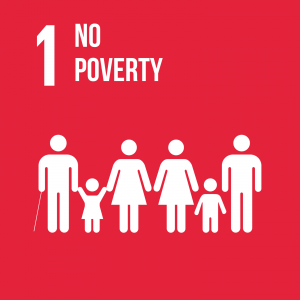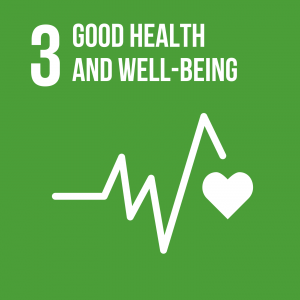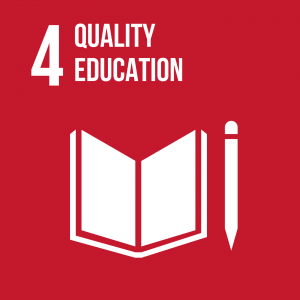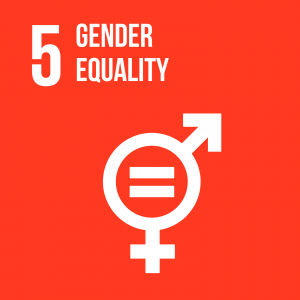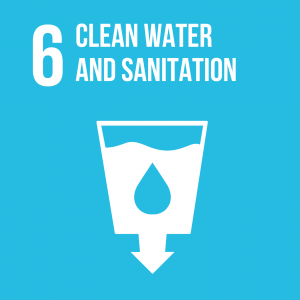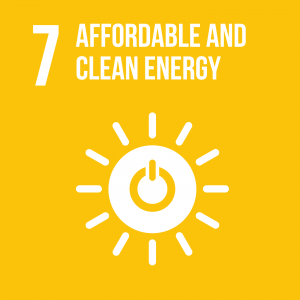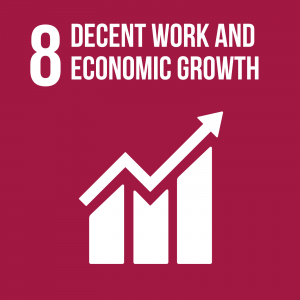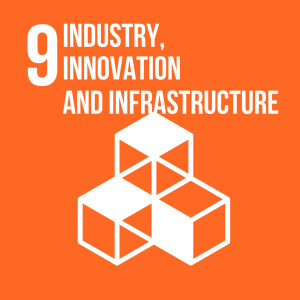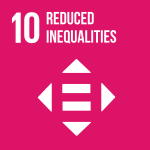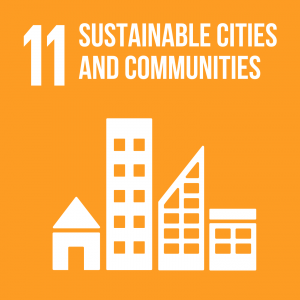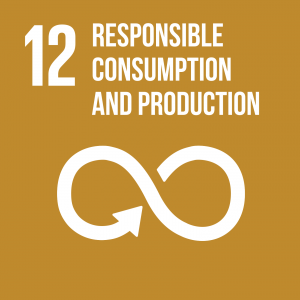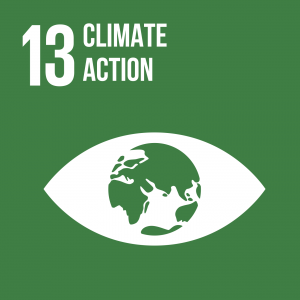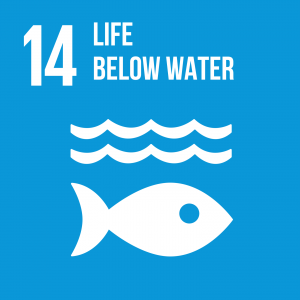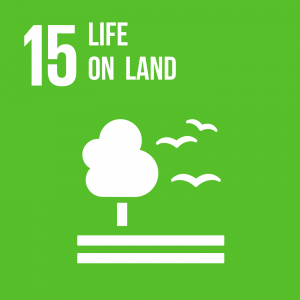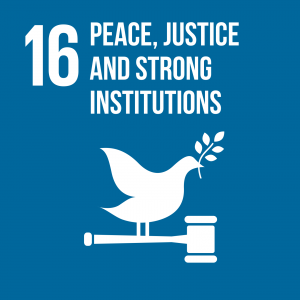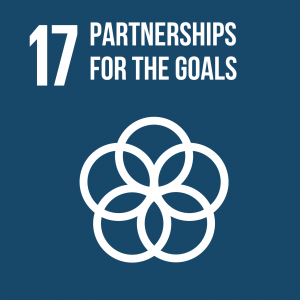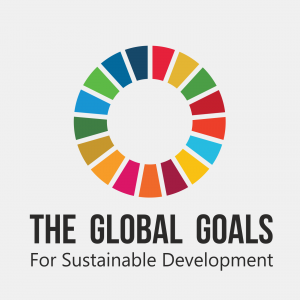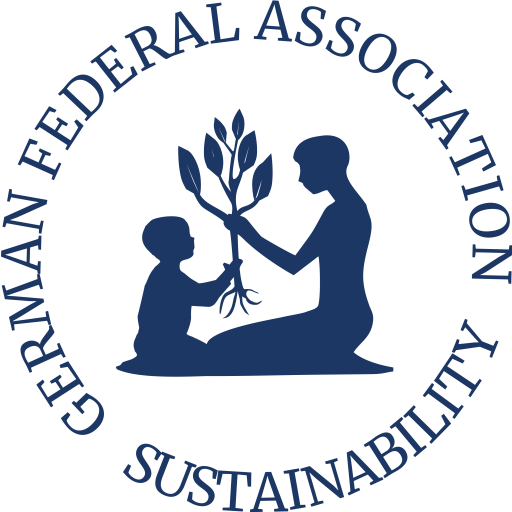The global goals for Sustainable Development
Transforming our world: the 2030 Agenda for Sustainable Development.
The UN Sustainable Development Goals
The SDG roadmap of the German Federal Association for Sustainability
The history of Sustainable Development Goals
1992: The Rio Conference
The history of sustainable development goals began in 1992. This year, the United Nations launched a conference on environment and development in Rio de Janeiro to discuss environmental and development policy issues of the coming century.
In the course of this conference, the concept of sustainable development was defined as an international mission statement to create economic conditions for a good life for all through economic efficiency, social justice and the preservation of natural living conditions.
2000: The Millennium Development Goals
In 2000, at the UN Millennium Summit, eight Millennium Development Goals (MDGs) were adopted to achieve until 2015. Seven of these goals in relation to
- the fight against extreme poverty and hunger,
- primary schooling for all,
- gender equality and the empowerment of women,
- the reduction of child mortality,
- the improvement of health care for mothers,
- the fight against HIV/AIDS, malaria and other serious diseases
- the safeguarding of ecological sustainability
took the developing countries into duty. The eighth objective concerns all member countries, but above all the developed countries, to use their global power to
- build a global partnership for development.
In order to measure the objectives, the UN also established sub-items and indicators as well as reference data for the evaluation of the objectives. The objectives have been criticized for a number of reasons, including their one-sided perspective on development from the perspective of the developed countries and the far too small consideration of environmental and environmental issues.
According to the United Nations report of 2015, the targets were ultimately almost but unequally met. For example, gender inequality, climate change and environmental degradation, and peace and conflict prevention, need further action. Progress has been made particularly in the eradication of poverty, hunger and health.
2015: Sustainable Development Goals
As the MDGs expired in 2015, the need for a new Agenda (Agenda 2030 on Sustainable Development) was formulated at the 2010 MDG Summit. An important aspect in the formulation of this agenda is the integration of the Sustainable Development Goals (SDGs), which combine economic, environmental and social objectives.
In 2012, the decision was made at the Rio+20 conference, at which an open working group (OWG) was commissioned to work out the objectives. After consultation processes were carried out at national, regional and global level, the working group finally proposed 17 sustainable development goals in July 2014.
The new target system, unlike the MDGs, applies equally to developed, newly industrialized and industrialized countries, and to develop developed countries to reduce their forefront. In addition, the new development targets encompass all aspects of sustainable development, thus putting more emphasis on the ecological component of sustainable development.
In addition to 17 Sustainable Development Goals, the Agenda adopted in 2015 includes 169 sub-targets as well as indicators and reference data. In addition to the 17 fields of action defined by the European Union as a reaction to the SDGs for its Member States, Germany has taken a pioneering role with regard to the SDGs, which is to be achieved, among other things, on the National Program for Sustainable Consumption and the Update of the German Resource Efficiency Program.
The national sustainability strategy, which was further developed in 2016 and adopted by the Federal Government, serves as a fundamental basis for sustainability.
